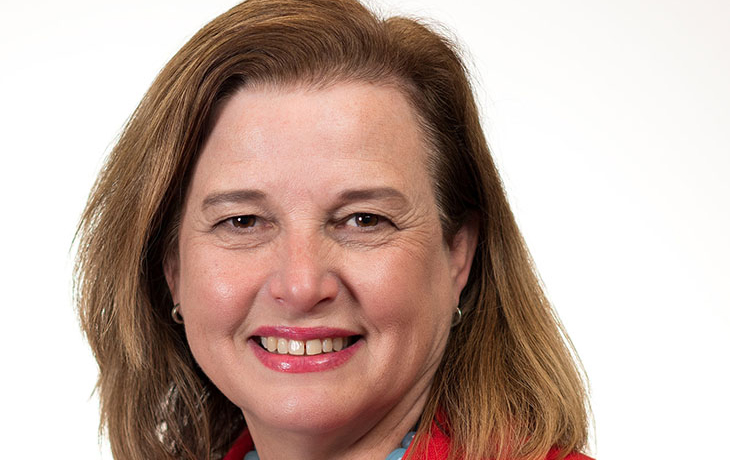This week, Commissioner Terry Holliday welcomes Kentucky Department of Education Chief of Staff Tommy Floyd as a guest blogger. Dr. Floyd weighs in on some new ways of thinking about delivering quality preschool experiences and how they can lead to an increase in kindergarten readiness and greater school success for students.
Many school systems across the country and several in Kentucky are seeing success by using some non-traditional, mixed models for delivering pre-K learning experiences for children.
The model typically involves combining half-day pre-K and quality childcare in a single location to provide full day learning experiences for children. The result is a better continuity of care and learning for children, often leading to higher kindergarten readiness rates.
While the exact model can vary depending on local needs and capacity, it almost always involves collaboration among a school system, private childcare and Head Start to leverage existing resources. Partnerships can be tailored to maximize the capacity of the local school system and childcare providers to meet the needs of the children and parents in the community.
Often a district provides space in a school for private childcare to serve preschoolers before or after class. Children, Inc. partners with schools in northern Kentucky to use this model. Depending on enrollment, these in-school centers can also serve children who otherwise would not qualify for preschool.
Another example places the school’s preschool teachers in private childcare centers. For instance, Christian County Public Schools partners with Let’s Go Play Academy in Hopkinsville to send teachers into the private child care center to teach preschool part of the day.
Mixed delivery has many benefits. Parents avoid the difficulty of arranging childcare before or after preschool classes. It eliminates the need to transport kids from one place to another which allows for more quality instructional time. In addition, it saves money that otherwise would be spent constructing new classrooms (approximately. $250,000 per classroom) or retrofitting space (approximately $80,000 per classroom).
In addition to the benefits of co-locating preschool and childcare in the same space, mixed delivery also has the benefit of increasing continuity and quality of care and instruction. It provides easier transitions fromchildcare to preschool to kindergarten. In addition, preschool teachers and childcare teachers learn from each other and bring their different strengths to the classroom.
Childcare is an important part of the education continuum. Most parents of children under age 5 work and depend on private childcare, which strives to provide children with high quality learning experiences in safe surroundings.
Many private child care providers participate in Kentucky’s quality rating system called STARS that measures the quality of instruction, teacher quality and parent engagement. In fact, Kentucky intends to enhance the quality rating system and apply it to all childcare centers, Head Start, and school-based preschool. This would establish a common, shared measure of quality that would lead to greater kindergarten readiness. Currently, state kindergarten readiness scores indicate that 71 percent of children in private childcare enter kindergarten ready to learn.
When schools operate their own preschool program, they typically take 4 year olds from private childcare centers. That tends to create a financial hardship for the centers because 4-year-olds help defray the higher costs of caring for infants and toddlers. This, in turn, causes centers to cut back or close, leaving parents with fewer or no childcare options. Children then lose the learning experiences that the centers offered and that can lead to lower impact kindergarten readiness scores.
Carefully considering a mixed model for delivering preschool in Kentucky could result in a win for everyone involved – parents, districts and child care providers – but especially for the children who will soon be headed to kindergarten.



Leave A Comment